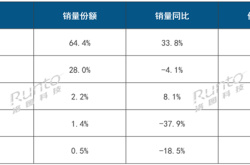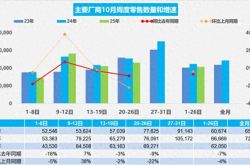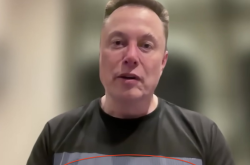Top 10 Best-Selling Smartphones in China: Apple Dominates with 3 Models, Huawei Mate70 as Sole High-End Domestic Representative
![]() 02/10 2025
02/10 2025
![]() 713
713
Frankly speaking, despite domestic smartphone brands strengthening their positions and securing eight spots among the top ten globally, it's evident that they rely heavily on a deluge of models.
For proof, one need only look at the dozens of domestic smartphone models launched annually. This clearly embodies the strategy of "quantity over quality." If one model fails to compete, simply introduce ten or twenty more, and let them all battle together.
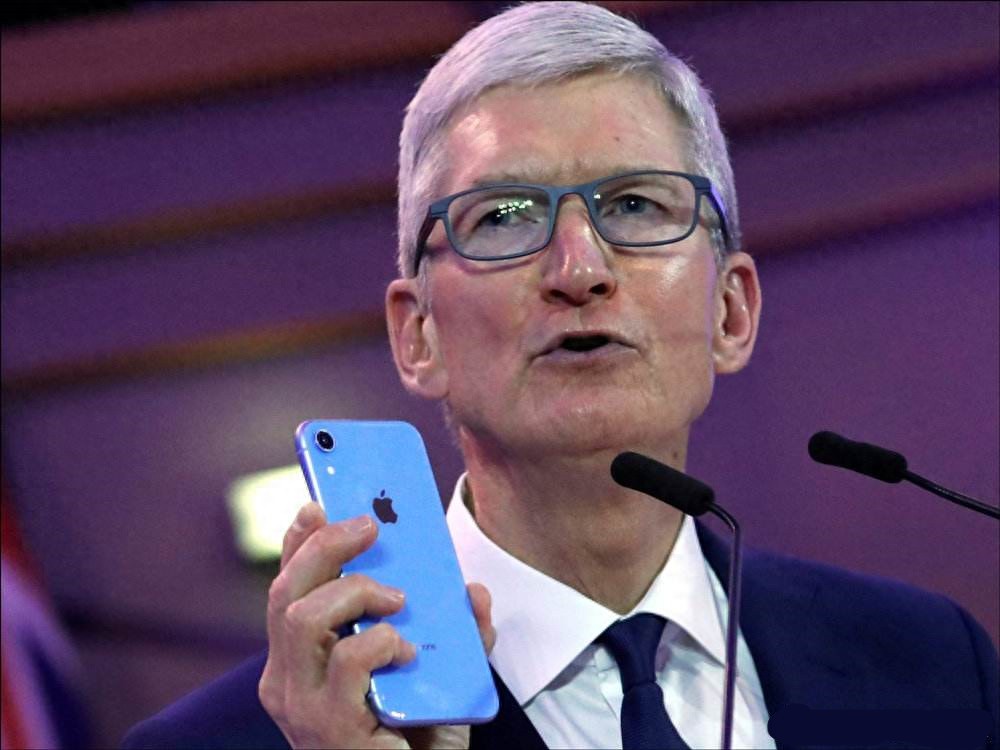
In stark contrast, Apple employs a boutique approach, releasing just a handful of smartphones each year, each selling tens of millions of units.
As a result, when ranking smartphone sales, Apple's devices invariably feature prominently due to their high sales volumes, leaving global competitors in the dust.
Recently, a ranking of China's best-selling smartphones in December perfectly exemplified this phenomenon.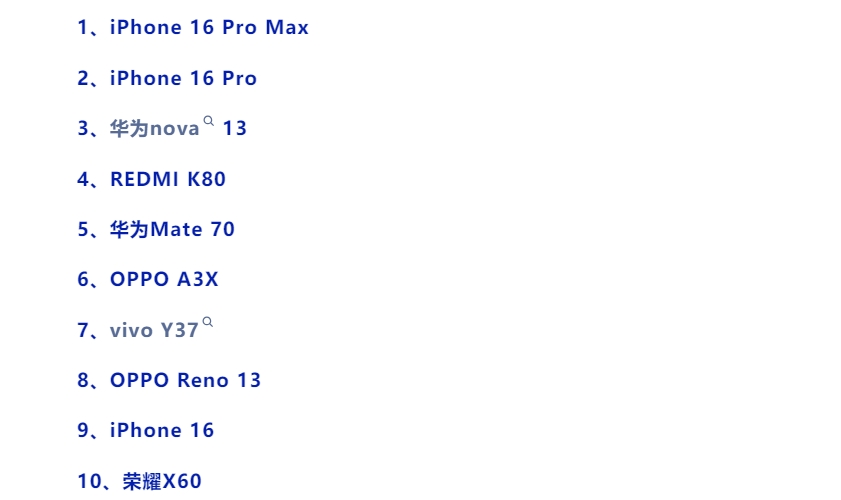
As illustrated in the chart above, Apple claims three spots among the top ten best-selling smartphones. The iPhone 15 Pro Max leads the pack, followed by the iPhone 16 Pro, with the iPhone 16 rounding out the list at number nine.
While this may seem par for the course for Apple, consider that all its phones are high-end yet still rank among the top ten sellers. This underscores Apple's formidable appeal.
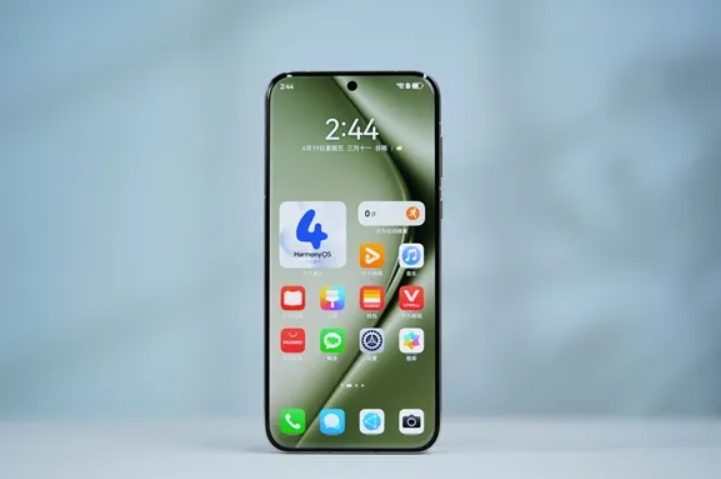
In contrast, although seven domestic smartphones made the list, only one—the Huawei Mate70—can be considered truly high-end. The rest are mid-to-low-end models.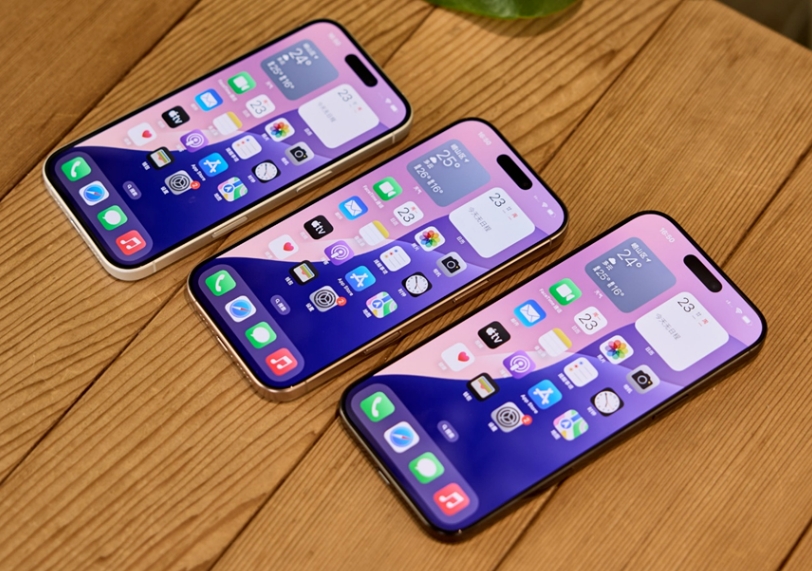
Behind these rankings lies the reality that, at present, only Huawei can somewhat compete with Apple in the high-end market. Other domestic smartphone brands are temporarily unable to match Apple's high-end offerings.
Furthermore, the list reveals that Apple, Huawei, Xiaomi, Honor, VIVO, and OPPO all have representatives among the top ten. Apple boasts three models, Huawei has two, OPPO also has two, while Honor, Xiaomi, and VIVO each have one model on the list.
Notably, among the three smartphones Apple released last year, the iPhone 16 Plus is conspicuously absent, suggesting that consumers are not overly enthused about this budget-friendly large-screen option. Its discontinuation may not be far off.

